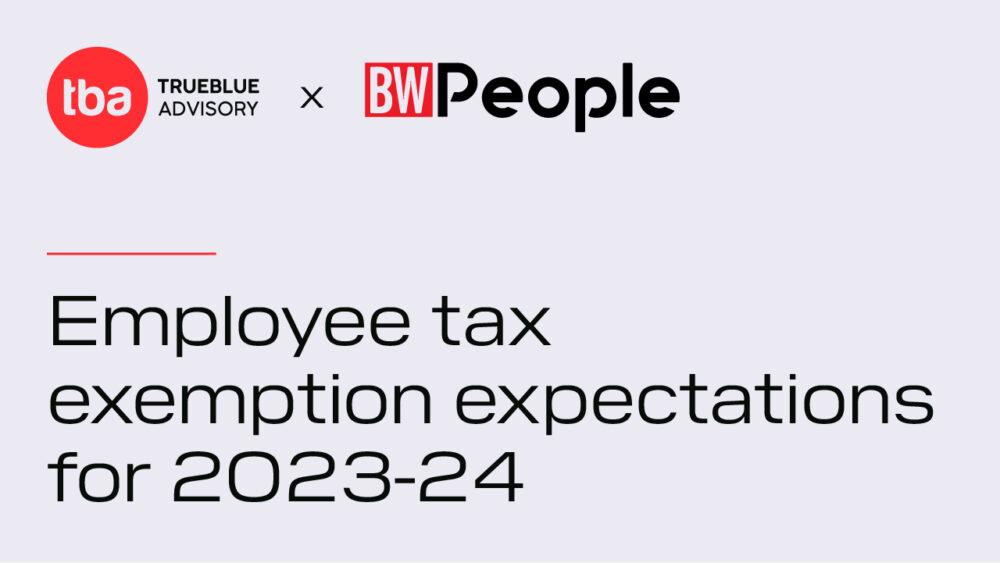With an emphasis on prospective economic advantages, the budget year 2023–24 is predicted to be advantageous to taxpayers
The salaried employee base in India eagerly awaits the annual Union Budget every year, in the hope that any modifications or tax exemptions may have a significant impact on managing their personal finances.
For this financial year (FY23), the 2022 Union Budget had targeted a capex outlay of Rs 7.5 trillion, which is 35.4 per cent higher than the FY22 Budget Estimate (BE) of Rs 5.54 trillion. And that, in turn, is higher than the FY21 BE of Rs 4.12 trillion by 34.5 per cent.
The salaried class is expecting the government to provide long-term benefits in the upcoming budget, such as healthcare, superannuation, and maternity and post-retirement benefits.
The upcoming budget is also anticipated to include a work-from-home allowance to simplify and provide tax advantages to the salaried class, as well as an increase in the standard deduction cap, either as a fixed increment or the introduction of a progressive standard deduction based on cumulative remuneration.
Moreover, the hiring outlook in 2023 looks better than the H2 of 2022. Technology companies will be ramping up their workforce as India brings on reforms in FDI, defence, and satellite tech with new launches in 5G and schemes to help SMEs. Technology enhancement in different sectors will spike demand for a specialised workforce, so skill-based hiring will win next year.
Concessions For Timely Tax Payers
The pandemic has had a significant impact on India’s economy, with the lower and middle classes suffering the most. This extraordinary occurrence has altered people’s way of life. Hence, the anticipation is that the Union Budget 2023 will feature taxpayer-friendly policies and offer benefits to salaried professionals, who make up the majority of the tax base in India.
In the post-pandemic era, people have either lost their jobs, have undergone salary cuts, or are battling inflation and EMIs. “Such talent will expect a raise in the tax redemption by the government in the upcoming budget. It will be a morale booster for them to perform better under less financial burden,” believes Richa Telang- CEO and Founder of TrueBlue Advisory
Now that Indian economy has started to recover from the scars of the outburst of Covid-19 pandemic fiscally, the government will fully ensure to align its goal of preparing a budget that boosts economic growth in conjunction with thrust on expectations of taxpayer.
“Tax Structure should have class intervals towards vintage of tax payment, For e.g., if you have paid your tax continuously for say 5 years, tax slab is expected to go down in the year 6 etc., such initiatives will further encourage more & more citizens to come under the tax regime and pay their taxes diligently, states Praveen Menon, CPO, IndiaFirst Life Insurance Company.
In Budget 2020, Employer contribution to Recognised Provident Fund (RPF), superannuation, and National Pension System (NPS) exceeding INR 750,000 came under the tax bracket. The same should be removed with immediate effect as contribution should be not taxed at source. Similarly, PF & VPF interest which is being taxed for the employee contribution exceeding 2.5 lakh per annum should be relooked and abolished.
Alongside, it is also expected that income tax slabs rate should be reduced especially at higher levels of income. The highest slab rate (after including surcharge and cess) for income exceeding INR 5 crore in India is currently at 42.74 percent, which is quite steep and needs to be relooked.
It is suggested to have only two taxation slabs, one for lower income say till 15 lakh and the other slab for income greater than 15 lakh. There should be incentive to earn higher income and taxation slabs shouldn’t be socialistic in nature and therefore being detrimental towards earning higher income.
What About Employees’ Anticipation?
According to current income tax regulations, the maximum slab rate for income surpassing Rs. 5 crores, after surcharge and cess is 42.744%. This is a lot higher than several of the Asia-Pacific nations. Therefore, it is anticipated that the maximum tax rate of 30% will be cut to 25%, giving them greater purchasing power and offering tax relief.
“The highest slab rate (including surcharge and cess) may be lowered as a result from 42.744% to 35.62 %. Also, in order to support the culture of working from home, combat high inflation, and encourage personal savings, salaried people expect changes to the income tax slab rates from 3 lakh to 5 lakh, an increase in the investment limit under Section 80C deduction from 1.5 lakh to 2.5 lakh, and an increase in Housing Rent Allowance,” states Anshuman Das, CEO and Co-founder, Careernet.
Employees are of the view that facilities that are typically provided to them in offices must be extended to homes in order to facilitate productive work, not as a benefit to employees. The tax regulations of India do not clearly mention certain facilities as being exempt. It is essential that this is made clear in the budget. These can be given as a refund or an allowance and shouldn’t be viewed as taxable advantages. Additionally, organisations are hopeful that the government will rethink the Fringe Benefit Tax (FBT) in order to help businesses provide employees with the essential “Work from Home allowance” and support the gig economy and remote working culture.
Das is further anticipating that the government may provide tax breaks or other incentives to urge businesses to increase employee benefits. The government may also consider offering tax rebates or other incentives to businesses that hire more women by promoting a pleasant work environment. Businesses should focus on retraining and updating their personnel in order to enhance output, and the government must inform businesses of tax benefits for retaining or incentive-related programmes through the budget.
Lastly, “the employees are also expecting a revision of post-retirement benefits, uniform tax structure for capital gains and also focus on benefits such as healthcare, superannuation, and maternity,” states Ruchira Bahrdwaj, CHRO, Kotak Mahindr Life Insurance Company. Another expectation in the upcoming is a hike in housing rent allowance, by increasing 24B limit in the IT Act, as the hybrid way of working would continue to be the norm in the coming years. ICAI have suggested that Public Provident Fund investment limit to be increased to Rs 3 lakh per year from the current limit of Rs 1.5 lakh as the PPF limit has remained unchanged since long.”
On the broader economic development front, Union Budget 2023 should introduce regulatory measures that will go a long way towards removing difficulties faced by taxpayers by widening the tax base and reducing litigation.




Comments are closed.